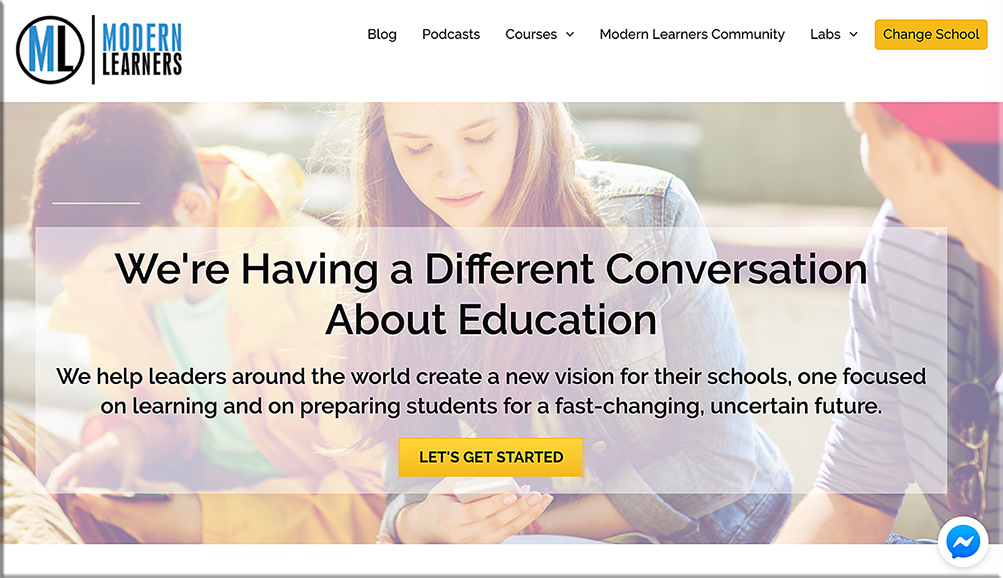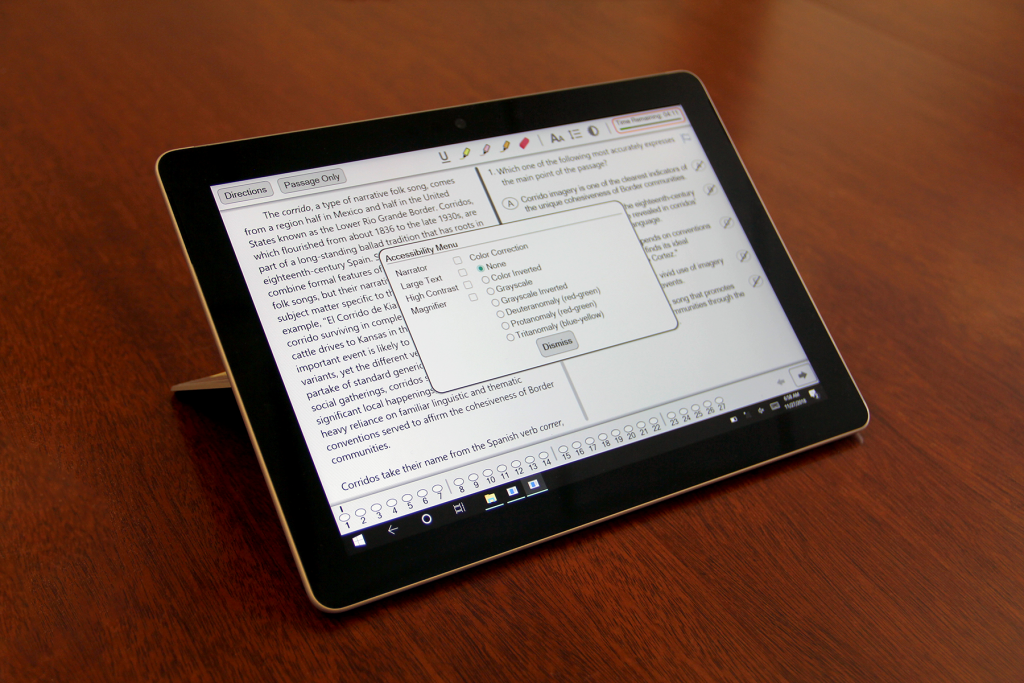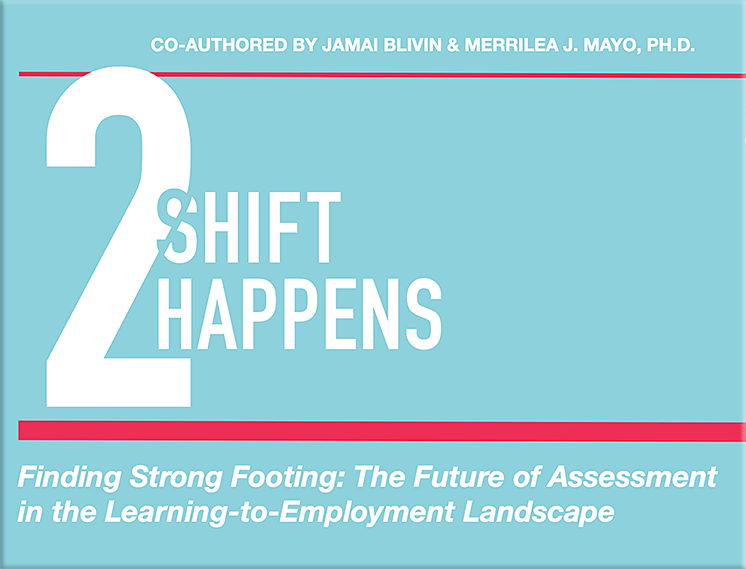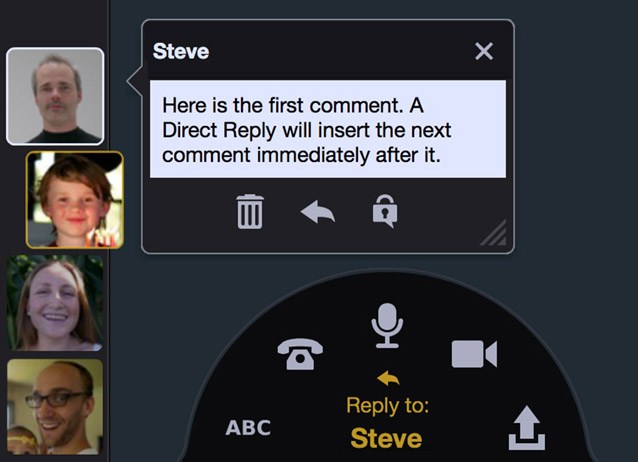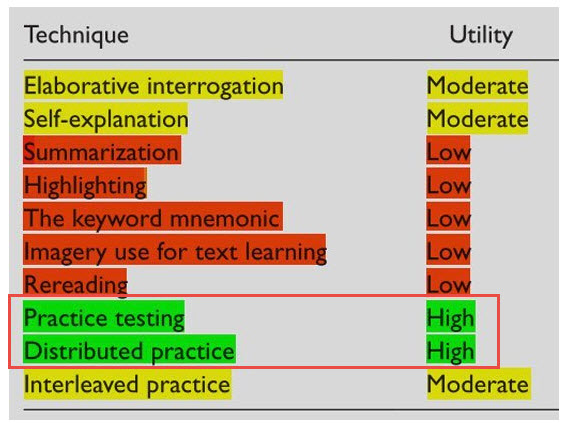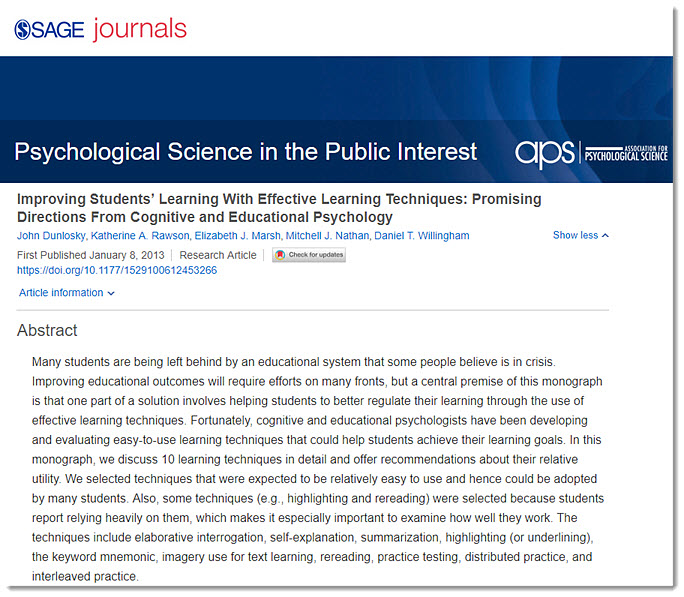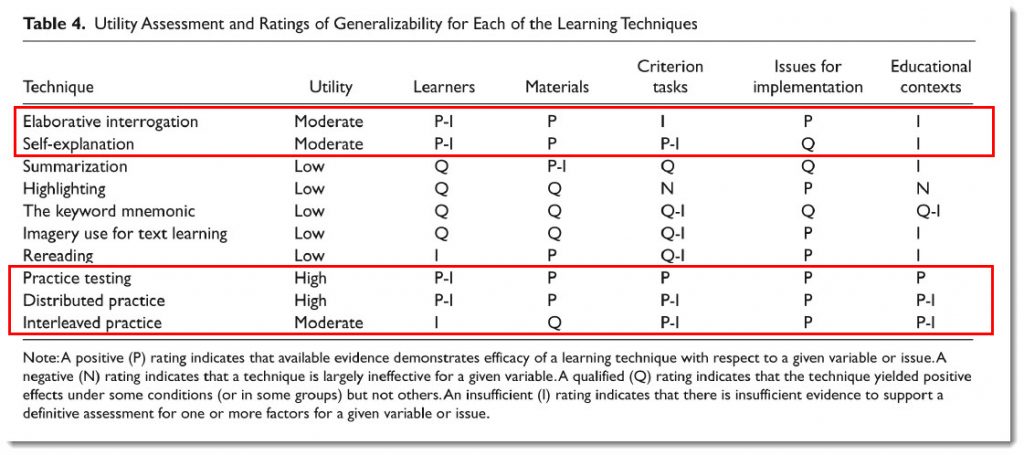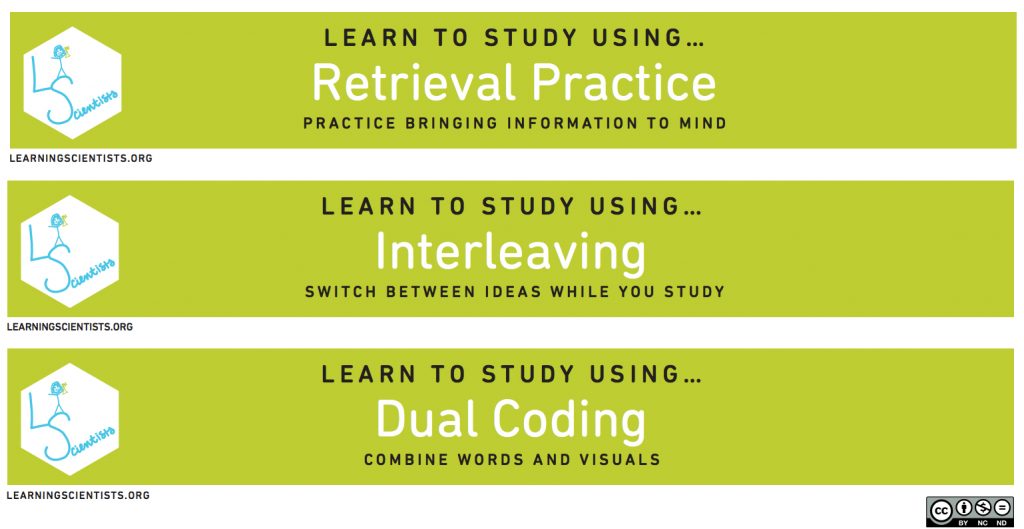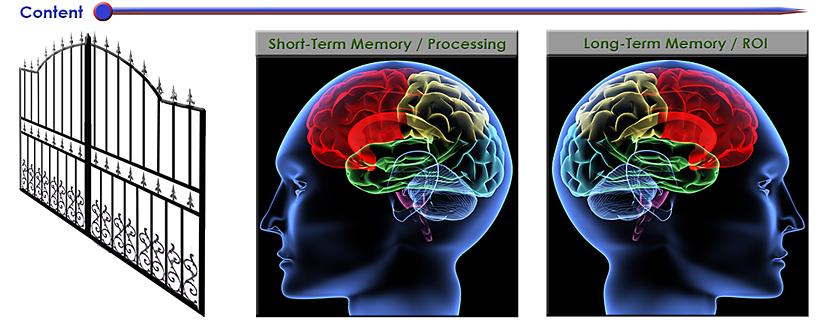Cut the curriculum — from willrichardson.com by Will Richardson
Excerpt:
Here’s an idea: A Minimal Viable Curriculum (MVC). That’s what Christian Talbot over at Basecamp is proposing, and I have to say, I love the idea.
He writes: “What if we were to design MVCs: Minimum Viable Curricula centered on just enough content to empower learners to examine questions or pursue challenges with rigor? Then, as learners go deeper into a question or challenge, they update their MVC…which is pretty much how learning happens in the real world.”
The key there to me is that THEY update their MVC. That resonates so deeply; it feels like that’s what I’m doing with my learning each day as I read about and work with school leaders who are thinking deeply about change.
When we pursue questions that matter to us, rigor is baked in.
From DSC:
I love the idea of giving students — as they can handle it — more choice, more control. So anytime around 8th-12th grade, I say we turn much more control over to the students, and let them make more choices on what they want to learn about. We should at least try some experiments along these lines.

As everyone in the workforce is now required to be a lifelong learner, our quality of life goes much higher if we actually enjoy learning. As I think about it, I have often heard an adult (especially middle age and older) say something like, “I hated school, but now, I love to learn.”
Plus, I can easily imagine greater engagement with the materials that students choose for themselves, as well as increased attention spans and higher motivation levels.
Also, here’s a major shout out to Will Richardson, Bruce Dixon, Missy Emler and Lyn Hilt for the work they are doing at ModernLearners.com.
